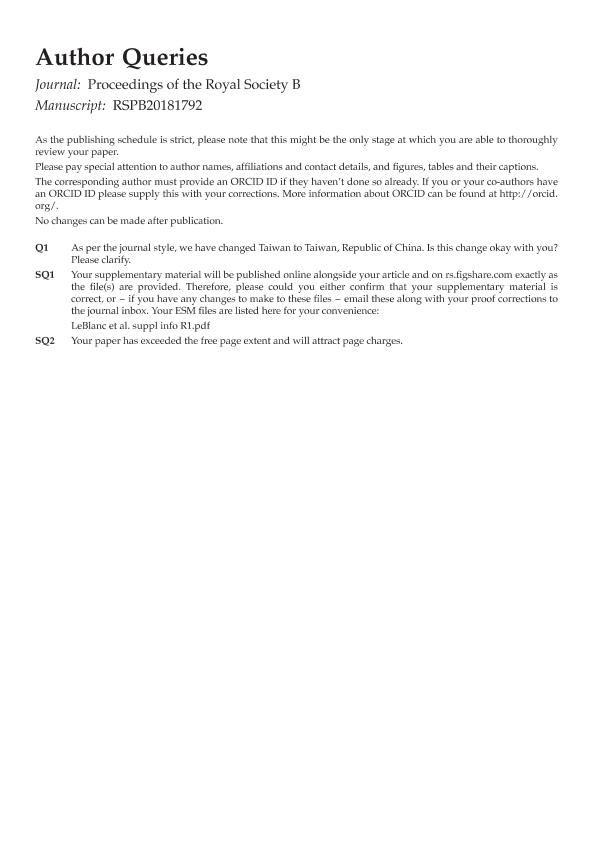Artículo
Dental ontogeny in extinct synapsids reveals a complex evolutionary history of the mammalian tooth attachment system
LeBlanc, Aaron R. H.; Brink, Kristin S.; Whitney, Megan R.; Abdala, Nestor Fernando ; Reisz, Robert R.
; Reisz, Robert R.
 ; Reisz, Robert R.
; Reisz, Robert R.
Fecha de publicación:
11/2018
Editorial:
The Royal Society
Revista:
Proceedings of the Royal Society of London. Series B: Biological Sciences
ISSN:
0962-8452
e-ISSN:
1471-2954
Idioma:
Inglés
Tipo de recurso:
Artículo publicado
Clasificación temática:
Resumen
The mammalian dentition is uniquely characterized by a combination of precise occlusion, permanent adult teeth and a unique tooth attachment system. Unlike the ankylosed teeth in most reptiles, mammal teeth are supported by a ligamentous tissue that suspends each tooth in its socket, providing flexible and compliant tooth attachment that prolongs the life of each tooth and maintains occlusal relationships. Here we investigate dental ontogeny through histological examination of a wide range of extinct synapsid lineages to assess whether the ligamentous tooth attachment system is unique to mammals and to determine how it evolved. This study shows for the first time that the ligamentous tooth attachment system is not unique to crown mammals within Synapsida, having arisen in several non-mammalian therapsid clades as a result of neoteny and progenesis in dental ontogeny. Mammalian tooth attachment is here re-interpreted as a paedomorphic condition relative to the ancestral synapsid form of tooth attachment.
Palabras clave:
PELYCOSAUR
,
THERAPSID
,
DENTAL HISTOLOGY
,
PAEDOMORPHOSIS
Archivos asociados
Licencia
Identificadores
Colecciones
Articulos(UEL)
Articulos de UNIDAD EJECUTORA LILLO
Articulos de UNIDAD EJECUTORA LILLO
Citación
LeBlanc, Aaron R. H.; Brink, Kristin S.; Whitney, Megan R.; Abdala, Nestor Fernando; Reisz, Robert R.; Dental ontogeny in extinct synapsids reveals a complex evolutionary history of the mammalian tooth attachment system; The Royal Society; Proceedings of the Royal Society of London. Series B: Biological Sciences; 285; 1890; 11-2018; 1-10
Compartir
Altmétricas



